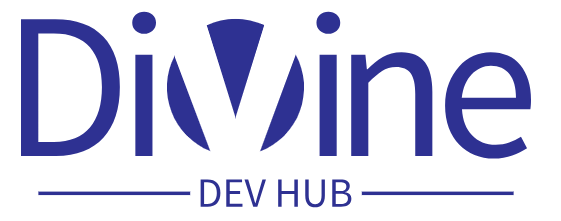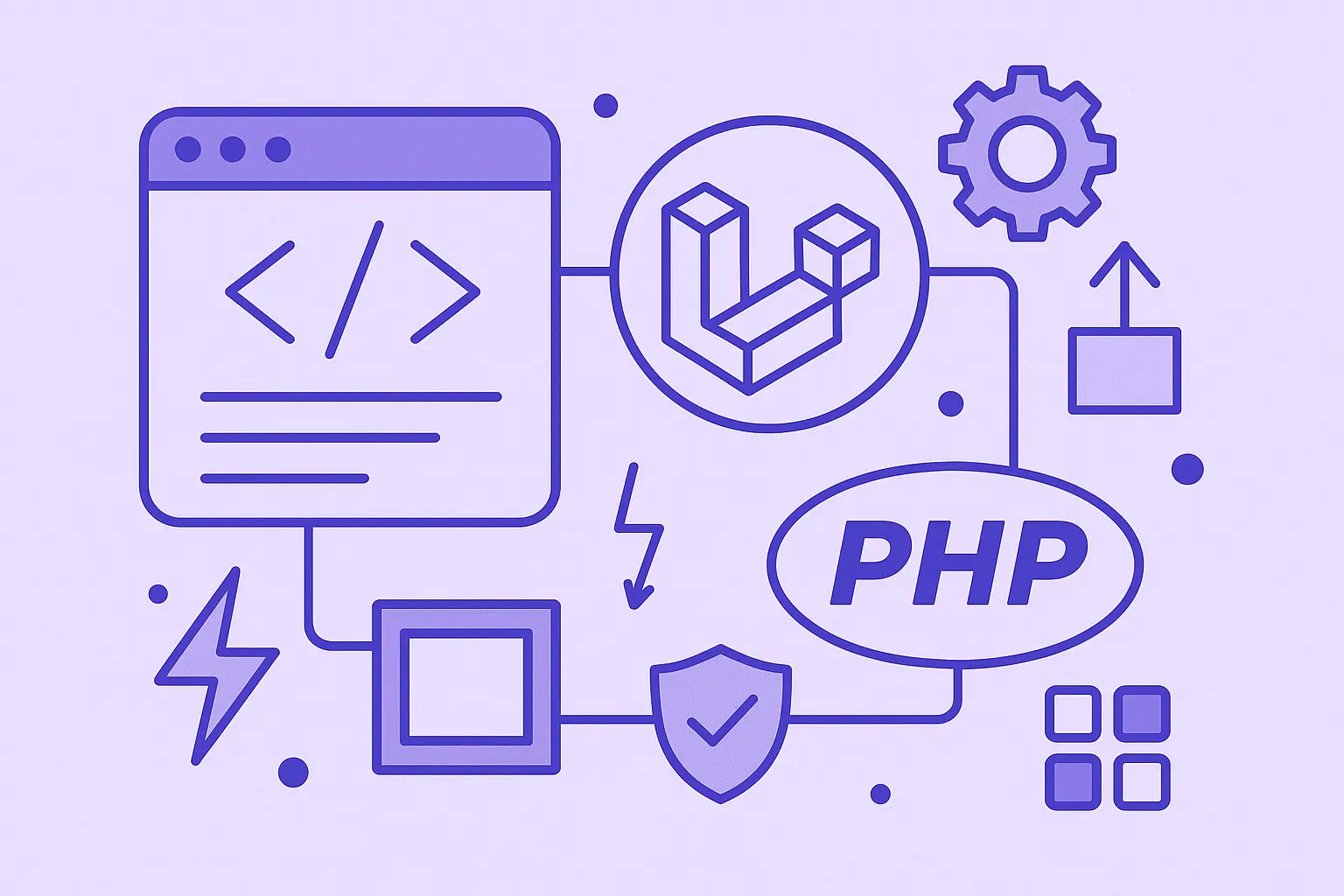Subtotal $0.00
Laravel: A Powerful PHP Framework
Introduction
If you’re a beginner web developer looking to build modern, efficient, and scalable web applications, chances are you’ve already come across this powerful, elegant, and developer-friendly PHP framework. Whether you’re just stepping into the world of web development or looking to upgrade your PHP skills, Laravel is an excellent choice for building robust, maintainable applications.
In this post, we’ll introduce you to this framework, explore its key features, explain why it’s a great fit for modern web development, guide you through the installation process, and walk you through a simple “Hello World” example using routes and controllers. By the end, you’ll have a solid starting point and practical tips to help you begin your journey with confidence.
Let’s dive in!
What Is Laravel?
Laravel is a free, open-source PHP web application framework created by Taylor Otwell in 2011. It is designed to make web development easier, faster, and more enjoyable by providing an expressive and elegant syntax along with a rich set of built-in tools.
This framework follows the MVC (Model-View-Controller) architectural pattern, which separates the application’s business logic, user interface, and data. This separation helps keep your code organized, maintainable, and scalable. Additionally, it streamlines common web development tasks such as routing, authentication, caching, and database management, allowing developers to focus on building great applications rather than reinventing the wheel.
Thanks to its powerful features and strong community support, this PHP framework has become one of the most popular PHP frameworks worldwide.
Key Features of This Development Platform
This framework offers a rich set of built-in features that make web development simpler, faster, and more efficient:
- Elegant Routing: Define clean, readable, and flexible routes to manage your application URLs easily.
- Built-in Authentication & Authorization: Secure your application effortlessly with ready-to-use authentication and role-based authorization features.
- Blade Templating Engine: Use a simple yet powerful syntax to create dynamic, reusable views for your frontend.
- Eloquent ORM: Work with databases using an intuitive ActiveRecord implementation that makes querying and managing data fluent and expressive.
- Artisan CLI: Automate repetitive tasks like migrations, database seeding, and testing through a powerful command-line interface.
- Robust Ecosystem: Benefit from tools like Mix for asset compilation, Sanctum and Passport for API authentication, and many community-built packages via Composer.
- Testing Tools: Write and run unit tests easily using built-in support for PHPUnit.
- Mail & Notifications: Send emails and system notifications without hassle using integrated services.
- Package Ecosystem: Huge support for community-built packages via Composer.
Why Choose This framework for Modern Web Development?
This PHP framework is an excellent choice for modern web development, especially if you are a beginner or looking to build scalable applications efficiently. Here’s why:
- Beginner-Friendly Developer Experience: The clean, readable, and intuitive syntax makes it easy to learn and reduces the learning curve for new developers. Its well-written documentation is designed to help beginners get started quickly.
- Strong Community Support: This framework boasts a large and active community with countless tutorials, forums, and third-party packages, ensuring you always have resources and help at your fingertips.
- Boosted Productivity: Thanks to pre-built tools like Artisan CLI and the expressive Eloquent ORM, you can develop Minimum Viable Products (MVPs) and full production-ready applications much faster.
- Security Best Practices: This framework comes with built-in security features such as CSRF protection, hashed passwords, and authorization mechanisms to help you build secure applications by default.
- Scalability & Performance: Designed to support caching, queueing, and database optimization, this platform scales well to handle large, complex applications without sacrificing performance.
- Modular & Maintainable: With its modular architecture and clean MVC pattern, the framework encourages writing maintainable and reusable code, which is essential for long-term project success.
These strengths make Laravel a robust and developer-friendly framework, perfect for building modern web applications efficiently and securely.
Installing Laravel (Step-by-Step)
Before you begin, ensure the following are installed:
- PHP >= 8.1
- Composer (Dependency Manager for PHP)
- MySQL or another supported database
- Node.js & npm (optional, for frontend scaffolding)
You should also be familiar with the terminal/command line.
Step 1: Install Composer
Download and install Composer from Download Composer.
Step 2: Create a New Laravel Project
Open your terminal and run:
composer create-project laravel/laravel hello-laravel
This command will create a new project in a folder named hello-laravel.
Step 3: Navigate to the Project Directory
cd hello-laravel
Step 4: Start the Development Server
php artisan serve
Your application will be available at http://127.0.0.1:8000.
Hands-On Tutorial: Build a “Hello World” App Step-by-Step
To help you get hands-on experience, let’s create a simple “Hello, World!” application using a route, controller, and Blade view. This small example demonstrates how the framework handles requests and responses.
Step 1: Define a Route
Open the routes/web.php file and add this code:
use Illuminate\Support\Facades\Route;
use App\Http\Controllers\HelloController;
Route::get('/hello', [HelloController::class, 'index']);
This creates a route for the /hello URL, which will call the index() method of the HelloController.
Step 2: Create a Controller
Use the Artisan command-line tool to generate a controller:
php artisan make:controller HelloController
Now open the newly created file at app/Http/Controllers/HelloController.php and update it as follows:
<?php
namespace App\Http\Controllers;
use Illuminate\Http\Request;
class HelloController extends Controller
{
public function index()
{
return view('hello');
}
}
The index() method will return a view named hello.
Step 3: Create a Blade View
Create a file named hello.blade.php in the resources/views/ directory and add the following HTML:
<!DOCTYPE html>
<html>
<head>
<title>Hello</title>
</head>
<body>
<h1>Hello, World!</h1>
</body>
</html>
Step 4: Visit the Route in Your Browser
Run your development server if it’s not already running:
php artisan serve
Now visit:
http://127.0.0.1:8000/hello
You should see:
Hello, World! — rendered from your controller and Blade view!
Tips & Best Practices for Using Laravel
To make the most of Laravel and write clean, maintainable applications, keep these practical tips in mind:
- Stick to Conventions: Follow standard naming and folder structure. It keeps your code organized and makes collaboration much smoother.
- Use Artisan Commands: Instead of creating files manually, use php artisan commands to generate controllers, models, migrations, and more — it saves time and reduces errors.
- Keep Controllers Slim: Avoid putting all your logic inside controllers. Use service classes or repositories to handle business logic and keep things modular.
- Leverage Eloquent Relationships: Eloquent ORM makes working with related data easy and intuitive. Use relationships like hasOne, hasMany, and belongsTo to simplify queries.
- Secure Your Application: Always validate incoming data, use mass-assignment protection ($fillable or $guarded), and utilize built-in authentication and authorization features.
- Write Tests Early: Start writing unit and feature tests early. Laravel’s testing tools make it easy to catch bugs before they grow into problems.
- Use .env for Configuration: Never hardcode sensitive data like API keys or DB credentials — keep them in your .env file for better security and flexibility.
- Explore the Ecosystem: Tools like Breeze, Jetstream, Nova, and Forge offer powerful ways to accelerate development and manage complex needs.
- Keep Dependencies Updated: Regularly run composer update to stay up-to-date with security fixes and new features.
Final Thoughts
Laravel is more than just a PHP framework — it’s a complete development ecosystem that balances power, simplicity, and developer joy. Whether you’re building a personal project, startup MVP, or an enterprise-grade app, this platform equips you with everything you need to succeed.
If you’re just starting out:
- Dive into Laravel’s official documentation
- Join the community on forums, Discord, or Laravel-specific groups
- Keep experimenting and building real projects
Happy coding — and welcome to the Laravel ecosystem!

